Die-Casting Machine and Surface Coating Nickel: Technical Analysis and Application
LK Die Casting Machine / 2024-07-18 10:29:35
By Cherry / July 18th, 2024
Die-Casting Machine and Surface Coating Nickel: Technical Analysis and Application

Introduction
Die-casting machines and surface-coating nickel are two crucial technologies in modern manufacturing.
Die-casting machines are used to efficiently produce complex metal parts while surface-coating nickel provides excellent corrosion and wear resistance.
This article will explore in detail the working principle of die-casting machines, the application of surface coating nickel, and its specific application in die--
casting machines.
Overview of die-casting machine
Working principle of die-casting machine
The die-casting machine injects molten metal into the mold under high pressure, quickly cools it, and forms metal parts of the desired shape. It's main
components include a furnace, injection system, mold, and cooling system.
The working process of the die-casting machine is as follows:
Melting metal: The metal is heated to the melting point in the furnace.
Injecting metal: The molten metal is injected into the mold at high pressure through the injection system.
Cooling and solidification: The metal in the mold is quickly cooled and solidified.
Opening the mold and taking out the finished parts:
Classification of die-casting machines
Die-casting machines are mainly divided into hot chamber die-casting machines and cold chamber die-casting machines.
Hot chamber die casting machine: suitable for low melting point alloys such as zinc and magnesium. The molten metal is heated directly in the machine
and injected into the mold through a gooseneck tube.
Cold chamber die casting machine: suitable for high melting point alloys such as aluminum and copper.
The molten metal is heated outside the machine and injected into the injection chamber and then injected into the mold through high pressure.
Overview of surface coating nickel
Definition and process of nickel plating
What is nickel plating? Surface nickel plating refers to the deposition of a layer of nickel on the surface of the substrate by electroplating or chemical plating.
We call nickel plating in many ways, such as nickel finishes, nickel chromate, nickel painting, chrome plated vs nickel plated, nickel coating, nickel free, nickel-
plated, nickel-plated metal, chemical nickel coating, nickel chrome coating, color of nickel, nickel plating color, nickel color metal, black electroless nickel,
black electroless nickel plating, nickel plating copper, nickel coating with gold finish, nickel casting, etc.
And what is nickel free? That means no nickel plating on the die casting surface.
Its process includes:
Electroplating nickel: nickel ions are deposited on the surface of the substrate by electric current to form a uniform coating.
Chemical nickel plating: a nickel layer can be formed on the surface of the substrate through a chemical reaction without electric current.
Advantages of surface coating nickel
Corrosion resistance: nickel coating can effectively prevent corrosion of the substrate in humid and chemical environments.
Wear resistance: nickel coating has high hardness and can significantly improve the wear resistance of the substrate.
Good appearance: nickel coating has a smooth surface and has a good decorative effect.
Good weldability: nickel coating has good weldability and is suitable for parts that need to be welded.
Application of surface coating nickel in die casting machine
Nickel coating of die-casting machine parts
In die-casting machines, many parts need surface coating nickel to enhance their performance, mainly including the following categories:
Mold: The surface coating nickel of the mold can improve its corrosion resistance and wear resistance and extend its service life.
Injection system: The key components in the injection system, such as the gooseneck and nozzle, can reduce metal wear and corrosion by nickel plating.
Cooling system: The pipes and joints of the cooling system are treated with nickel plating to prevent the corrosion of the coolant to the metal.
Application of surface coating nickel process in die casting machine
In die casting machine, the specific application process of surface coating nickel is as follows:
Mold nickel plating: The mold is electroplated with nickel before production to ensure the uniform adhesion of the nickel layer and improve the
durability of the mold.
Injection system nickel plating: Key components are chemically nickel-plated during the manufacturing process to ensure the uniformity and thickness of
the coating.
Cooling system nickel plating: The metal parts of the cooling system are treated with chemical nickel plating to enhance their corrosion resistance.
Combining the advantages of die-casting machines and surface-coated nickel
Improve production efficiency
Surface-coated nickel can significantly extend the service life of die-casting machine parts, reduce the frequency of maintenance and replacement, and thus improve
production efficiency.
Reduce production costs
Although the initial cost of surface-coated nickel is high, it can significantly reduce production costs in the long run because it extends the service life of
parts and reduces maintenance and replacement costs.
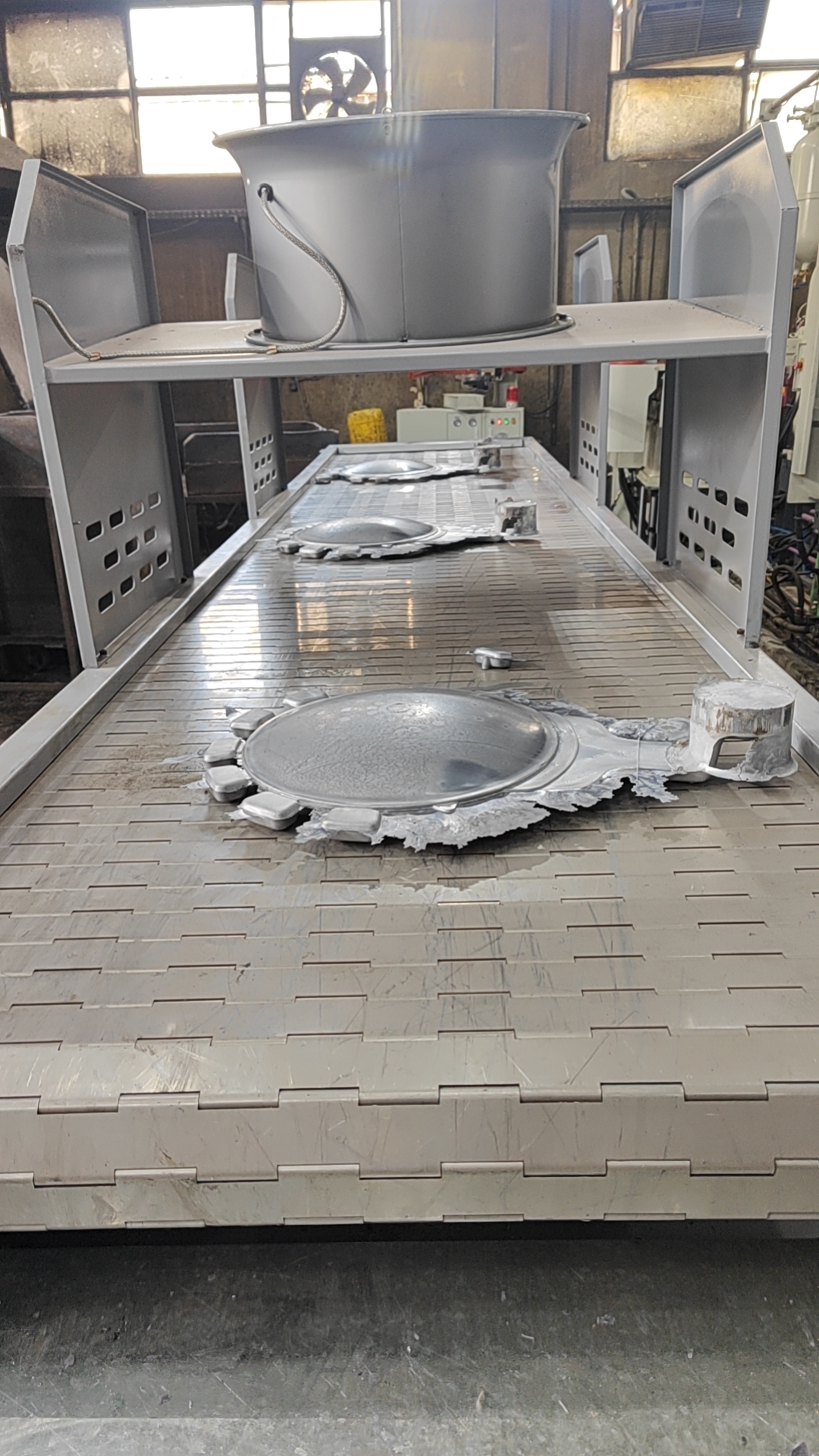
Improve product quality
Surface-coated nickel can improve the performance of molds and injection systems, making die-cast parts of higher quality, smoother surfaces, and
more accurate dimensions.
Environmental issues and solutions for surface-coated nickel
Although surface-coated nickel has many advantages in industrial applications, its environmental issues cannot be ignored.
Nickel and its compounds may have adverse effects on the environment and human health.
In the surface-coated nickel process of die-casting machines, the following environmental protection measures should be adopted:
Wastewater treatment: Strengthen wastewater treatment to prevent nickel ions from polluting the environment.
Waste management: Standardize waste management and reduce the pollution of nickel waste to the environment.
Environmental protection process: Promote environmentally friendly nickel plating processes, such as low-nickel chemical nickel plating, to reduce nickel
usage and emissions.
Conclusion
The combination of die-casting machines and surface-coating nickel technology has significantly improved the production efficiency and product quality
of the manufacturing industry.
By applying surface coating nickel technology, the performance of key components of die-casting machines has been significantly improved, the service life of the
equipment has been extended, and the production cost has been reduced.
However, in the process of promoting and applying surface coating nickel technology, it is necessary to pay attention to environmental protection issues,
take effective measures to reduce nickel environmental pollution, and ensure the sustainable development of technology.
I hope this article can help readers have a more comprehensive understanding of the relevant knowledge of die-casting machines and surface coating
nickel, and promote its application and development in the industry.
For more info, you can refer to: https://www.youtube.com/shorts/JLX410QV_kw
Contact LK Egypt to learn more info about the die-casting machine
LKAGENT OFFICE DCM
Address: Industry Zone, South of Port Said Kebly, Egypt
https://www.zazdiecasting.com/
Phone/WhatsApp/Wechat: +86 13598704163
Mobile: +20 101 304 3317 +20 150 181 8310
Email: jack@zazmae.com ahmedmahmoud@zazmae.com
#die cast tooling
#trivalent chromate
#rapid prototype casting
#a360 aluminum
#aluminum caster
#aluminum prototype
#ideal 55 slider parts
#density of aluminum kg/mm3
#magnesium sheet metal
#parts of a metal gate
#subcontracting of screw machining for the luxury sector
#wall aluminum
#die casting tooling
#tooling for die casting
#density of aluminium in kg mm3
#clear chromate
#es casting metals
#gating material
#prototype aluminum
#sigma castings
#subcontracting of screw-machining for household appliances
#we squeeze to please machine
#aluminium gravity die casting
#aluminum part
#aluminum rapid prototyping
#nickel casting
#plunger tip for die casting machine
#rapid prototyping aluminium
OTHER CONTENT
-
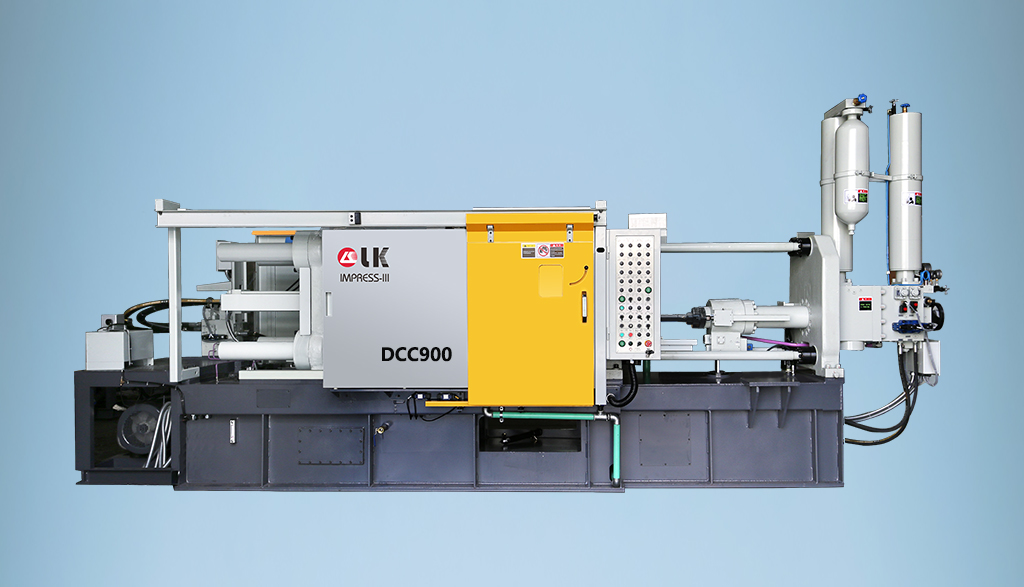
2024-09-19 14:16:15 LK Cold Chamber Die Casting Machine DCC900 Locking Force: 9000KN Die Height: 400-1000mm Space Between Tie Bars: 930x930mm Shot Weight: 13.5Kg Casting Area Max:2250c㎡
More -
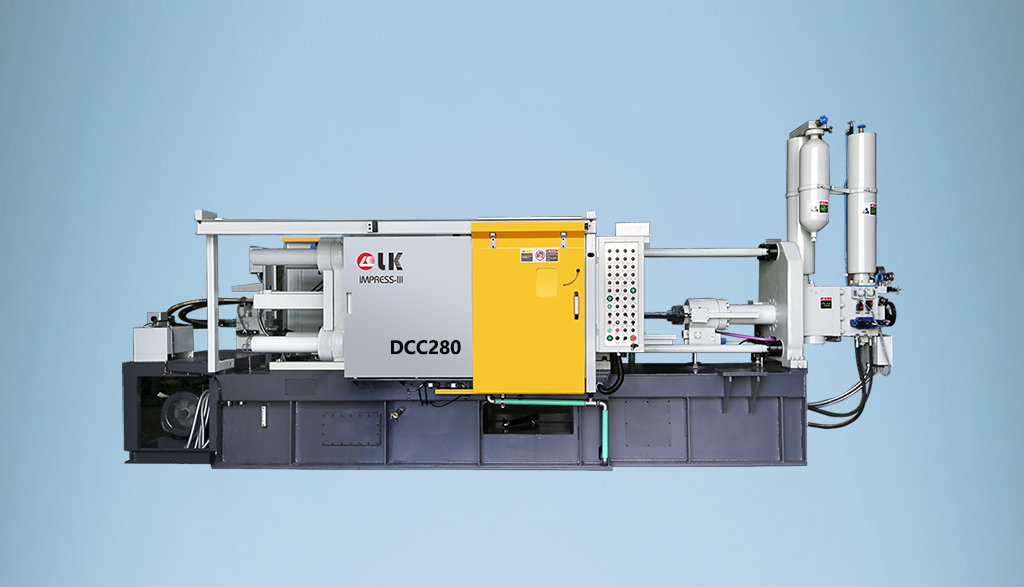
2024-09-19 14:11:06 LK Cold Chamber Die Casting Machine DCC280 Locking Force: 2800KN Die Height: 250-650mm Space Between Tie Bars: 560x560mm Shot Weight: 2.9Kg Casting Area Max:700c㎡
More -
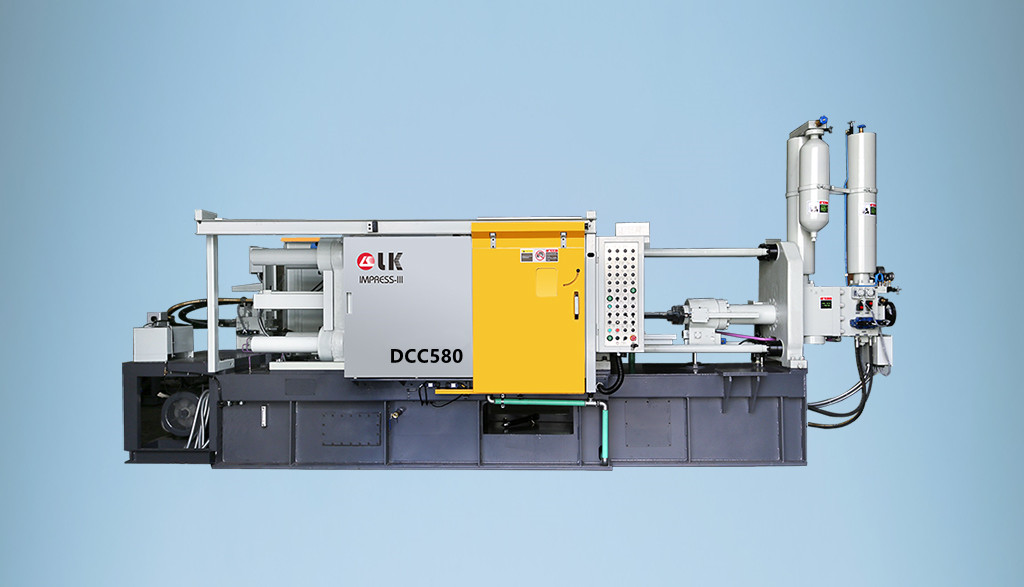
2024-09-19 10:23:07 LK Cold Chamber Die Casting Machine DCC580 Locking Force: 5000KN Die Heigh: 350-850mm Space Between Tie Bars: 760x760mm Shot Weight: 6.9Kg Casting Area Max:1250c㎡
More -
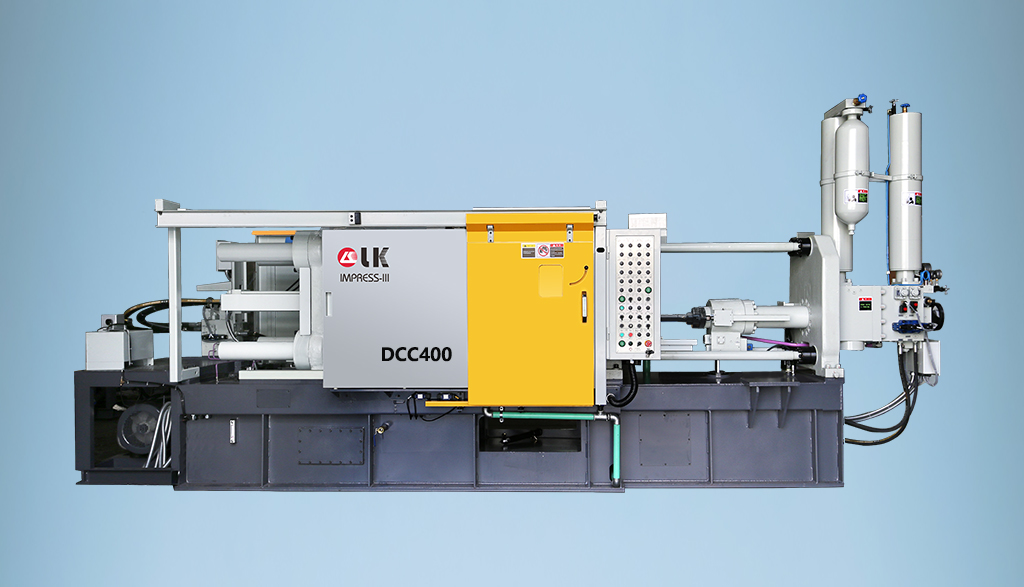
2024-09-19 10:11:20 LK Cold Chamber Die Casting Machine DCC400 Locking Force: 4000KN Die Height: 300-700mm Space Between Tie Bars: 669x669mm Shot Weight: 4.7Kg Casting Area Max:1000c㎡
More

